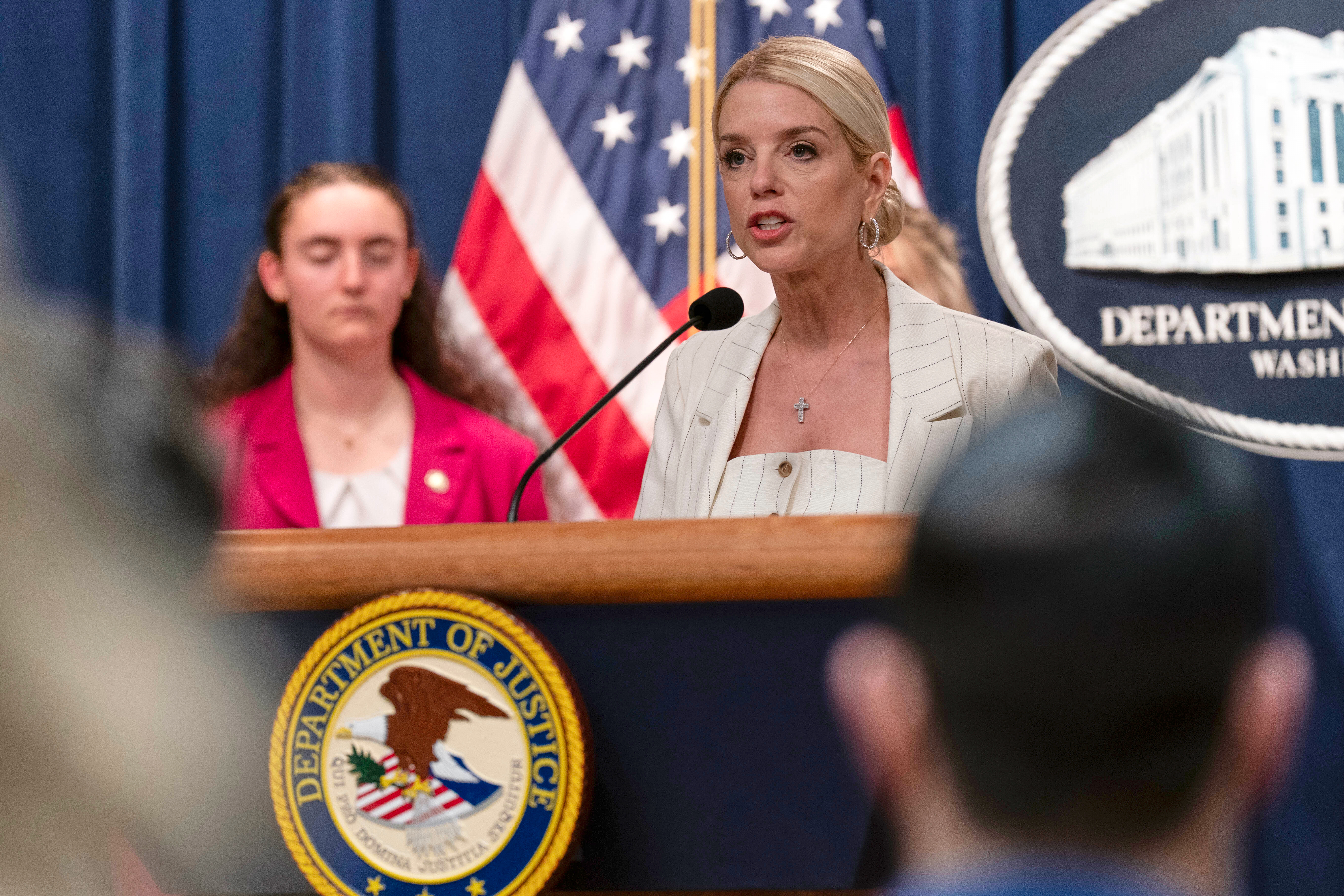Tara Heitz already has her picture-perfect family: one loving husband, three rescue dog and no children.
"I don’t remember ever really wanting to hold babies, but I liked other kids so I just figured I’d grow out of it," Heitz said.
The same goes for Kate Swiggett-Craven, who has concerns about motherhood and climate change.
"I just can't get over the fact I feel like, when I — if I — bring a kid into this world, I'm not going to leave them in a place better than they found it," Swiggett-Craven said.
These women join countless others pursuing child-free futures, while millions of other women are having fewer children. All of which is causing the U.S.’s fertility rate to drop.
According to the National Center for Health Statistics, in 1960, the average woman had more than three children.
By 2018 that dropped down to one child. Fewer teen pregnancies are also driving the fertility rate down — dropping 75% since 1991 and hitting record lows in 2020.
And Pew Research found stricter immigration contributed to a major drop in births among Hispanic women, which used to have the highest fertility of any racial group.
Demographers like Philip Cohen say women may also be choosing to have fewer children because of increased access to education and wanting to be financially secure when they start having kids.
"They want to wait until their careers are more established. They're married often or in a stable partnership or have the resources, a home, a job," Cohen said.
Men’s feelings about parenthood are changing too.

"They're also part of this decision to delay in that they want to do they want to be mature and settled and they want to do the best job that they can also do," he said.
But some people, like Colm O'Muircheartaigh, a professor at the University of Chicago’s School of Public Policy, are concerned about what that means for the country's economic future.
"The killer is that then there will be fewer working age people to support old people as they get older," O'Muircheartaigh said.
The U.N. says using population trends like fertility rate are crucial for national development and planning.
We saw this post-World War II during the baby boom. The fertility rate was 3.8 and the U.S. needed to spend more money building more schools and expanding access to child-care.
Today — it's the opposite story. According to the CDC fertility has remained consistently below the total replacement rate since 2007, but (with some exceptions) life expectancy is steadily growing.
The Census Bureau says by 2060, one in four Americans will be older than 65.
America isn’t alone in its shrinking population, and other countries are already warning about the consequences.
Last month, Japan’s prime minister said the nation is on the "brink of not being able to maintain social functions" as they deal with super-low birth rates and a growing aging population.
The Japanese government predicts by 2060 40% of Japan will be over 65. China is worried it’s headed down the same path, after experiencing its first population decline in decades.

China records 1st population fall in decades as births drop
China's National Bureau of Statistics reported that the country had 850,000 fewer people at the end of 2022 than the previous year.
Last year, the population dropped about 850,000 people to 1.4 billion.
In the U.S., if fertility stays low, that means fewer babies and future taxpayers — potentially affecting everything from an overburdened health care system, to a shrunken labor force and dwindling retirement benefits.
"Fewer workers makes the solvency of the Social Security system even that much more difficult than it already is. You're talking about decades worth of impacts," said Phillip Levine, an economics professor at Wellesley College.
A Pew Research Center study warned in the coming decades the U.S. could see a steep drop in revenue, income and other tax sources.
Political leaders are trying to prepare. In California’s fiscal 2023 budget proposal, Governor Gavin Newsom said early retirements and a rising cost of living, combined with low fertility and migration, will make it difficult for "working age Californians to support the aging population."
His proposal includes more support for families like universal pre-school and expanded healthcare access.
Other countries' leaders have tried to boost fertility rates with incentives. France offers free pre-school and free cash to new parents. Sweden offers over a year of parental leave, that can be used until the child turns eight. Other nations offer free or subsidized childcare.
But some experts are skeptical those types of policies will work in the U.S.
"Even in countries that have incentivized the birthrate, the real solution has pretty much always been immigration," O'Muircheartaigh said.
While immigration laws are politically dicey, demographers call immigration an "obvious" solution for the nation’s fertility problems as it creates what’s called "population momentum," when young immigrants arrive and have a lot of children — something that’s dropped off in recent years amid tightening immigration rules.
Still, some demographers question whether we should worry.
One study published in the journal Science found that low fertility rates could ease overconsumption, overcrowding and decrease some future costs that come with a larger population.
And economic experts like Phillip Levine point out a decrease in births might mean women are taking advantage of greater economic or personal opportunities.
"Women's roles have changed a lot more than men's in the last half century. So, the meaning of having children and the timing — all of that has changed," Levine said.
That's changed for women like Tara Heitz, who believe woman-hood doesn’t need to include mother-hood.
"Love my life. I love my dogs and my husband is fantastic," Heitz said.









